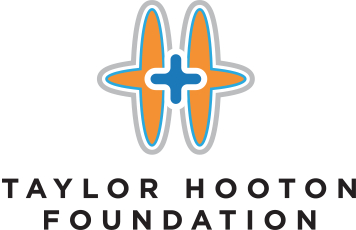Fourteen-year-old Anais Fournier downed two 24-ounce energy drinks on one December day, while hanging out with her friends at the mall. The next day, the Maryland teenager went into cardiac arrest — and just six days later, she was dead.Â
Her family stayed at her bedside as doctors induced a coma to keep the teen’s brain from swelling.
“We stayed up all night,” says her mother, Wendy Crossland of Hagerstown, Md., told NBC’s Tom Costello. “I laid in bed next to her all night long. Â … We talked to her and stayed with her.
“She never ever regained consciousness and we never got to say goodbye,” her mother says.
The official cause of death, according to the teenager’s death certificate, was cardiac arrhythmia due to caffeine toxicity.
Anais and her family knew she had a common heart condition called mitral valve prolapse, which causes one of the heart’s valves to malfunction. The condition, which affects up to 1 in 20 Americans, usually doesn’t cause people any problems, and the teenager’s doctor felt her case posed little health risk.Â
The day before she went into cardiac arrest, Anais’s family says she drank two 24-ounce Monster energy drinks, unwittingly guzzling 480 miligrams of caffeine — that’s nearly five times the limit recommended by the American Academy of Pediatrics. To put it another way: By drinking just two large energy drinks, Anais drank as much caffeine as you’d find in about 14 cans of Coke.
Monster tells NBC News, “we vehemently deny that drinking two cans of Monster Energy by itself can cause a death from caffeine toxicity.” The company also points out that their beverages contain less caffeine than some of the drinks sold at Starbucks and other coffee shops.
But whatever the source of the caffeine buzz, some health experts question how much of the stuff kids should be drinking — if they should be drinking it at all.
“Between the caffeine, the sugar, its effects on blood pressure, potential adverse effects, I think it’s really difficult to justify a case for children, young adults to be using these substances right now,” Dr. Allen Taylor, chief of cardiology at Georgetown University Hospital, told NBC News.
Emergency rooms across the country have seen a dramatic spike in caffeine overdoses, up from 1,128 in 2005 to 16,055 in 2008 and 13,114 in 2009, according to a recent report by the Substance Abuse and Mental Health Services Administration.
Critics of the energy drink craze have argued that the marketing of the beverages, with names like Monster, Red Bull and Rockstar, seems designed to appeal to teenagers and young adults. Costello spoke to University of Maryland researcher Amelia Arria, who has studied the effects of energy drinks on young people. “Individuals don’t really know how much caffeine they’re consuming because the label does not require disclosure of caffeine content,” Arria says.
The Food and Drug Administration regulates the amount of caffeine in soda, but not in energy drinks — the latter are considered a dietary supplement, not a food. But the American Beverage Association says it has adopted voluntary policies when it comes to issues like nutritional labeling, and marketing energy drinks toward kids.
Some energy drink makers do label their beverages with warnings. But doctors like Taylor, at Georgetown University, have warnings of their own for concerned parents: “Is your child the one who has a predisposing condition where these could be truly dangerous? Is it worth the call from the emergency room?”
http://todayhealth.today.msnbc.msn.com/_news/2012/03/21/10780958-teen-girl-dies-of-caffeine-toxicity-after-downing-2-energy-drinks
